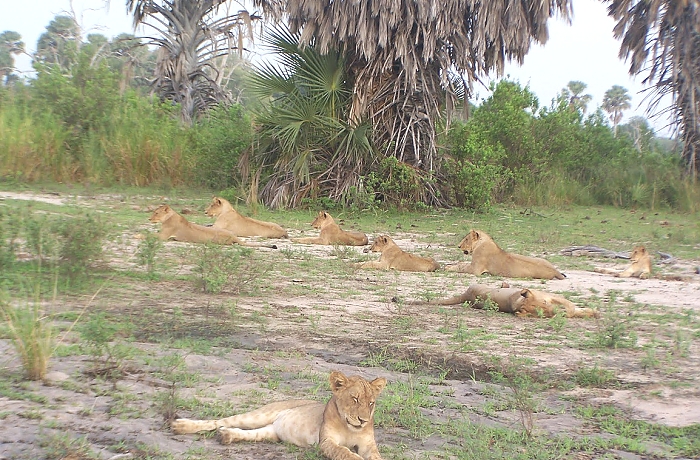Kitulo National Park
Overview
It is the first park in Tropical Africa, which is popular in its primary floristic significance. Kitulo National Park covers an area of 412.9 sq km situated between the Livingstone and uporot range in Southern Highlands of Tanzania, partly in Iringa and Mbeya regions. Also Known locally as Bustani ya Mungu (God's garden). Much of the plateau lies above 2500-3000 metres a.m.sl.
Kitulo is one of the greatest flora spectacles in the world, also had over 350 species of endemic wildflowers, including 45 species of terrestrial or orchids alone, many found nowhere else in the world; 31 of which are unique to the Kipengeres.
Tanzania endemics, 16 are endemic to the Kitulo region; at least three species are endemic to the plateau itself; and two more are found only on the plateau and in the adjoining forests.
In the rainy seasons, the plateau erupts in a glorious show of color, which a part from its intrinsic beauty, also attracts breeding colonies of rare important bird species, again many endemic to Tanzania including the pallid harnieor, Njombe Cisticola and Kipengere seed-eater, while some of the world's rarest butterflies also inhabit the area. The park is also home to lion, leopard, buffalo and antelope, to name but a few.
Location: It is located in southern Highlands of Tanzania partly in Iringa and Mbeya regions.
Accessibility: Mbeya is the main gate way to the region. Tanzania-Zambia railway (TAZARA) can approach the park from Dar-es-salaam or Zambia. The park can also be reached by road from Dar-es-Salaam and neighboring countries; Zambia via Tunduma boarder and Malawi through Karonga boarder ,also public transport is available.
The following are the possible entry points to Kitulo: -
- * Tanzania - Malawi border to Kitulo is approximately 135 km via Isonjye.
- * Tanzania - Zambia border, Mbeya Town to Kitulo via Chimala, approximately 210 km.
- * Tanzania - Zambia border, Mbeya town to Kitulo via Isonjye, approximately 170 km.
- * Dar-es-Salaam - Makambako-Njombe-Makete to kitulo approximately 963 km.
- * Dar-es-Salaam - Chimala - Matamba to kitulo approximately 836 km.
Best time to visit: Wildflower displays peak between December and April. The sunnier months of September to November are more comfortable for hiking but less rewarding to botanists.
Conditions: Are cold and foggy from June to August.
To do: Hiking: Good hiking trails exist also there is open walking across the grasslands to watch birds and wildflower.
Birdlife: Different species of birds have been recorded including the Tanzania's only population of the rare Benham's bastard is resident, alongside a breeding colony of the endangered blue swallow and such range-restricted species as mountain marsh widow, Njombe cisticola and Kipengere seedealer. Also endemic species of butterfly, chameleon, lizard and frog further enhance the biological wealth of God's Garden.
Wildflower Life: The area is one of the great flowers garden spectacles of the world, home to a full 350 species of vascular plants, including 40 varieties of terrestrial orchid, which erupt into a riotous wildflower display of breathtaking scale and diversity during the main rainy season of late October to April.
Accommodation: There is no accommodation in the park as yet, but very basic accommodation and meals are available at the adjacent Kitulo farm. Also two moderately priced church-run hostels are situated on Matema Beach. Mbeya town is serviced by everything from luxury hotels to simple guest house, while two simple guesthouses also exist in Matamba.
Highlights
Best time to visit: Wildflower displays peak between December and April. The sunnier months of September to November are more comfortable for hiking but less rewarding to botanists.
To do: Hiking: Good hiking trails exist also there is open walking across the grasslands to watch birds and wildflower.














